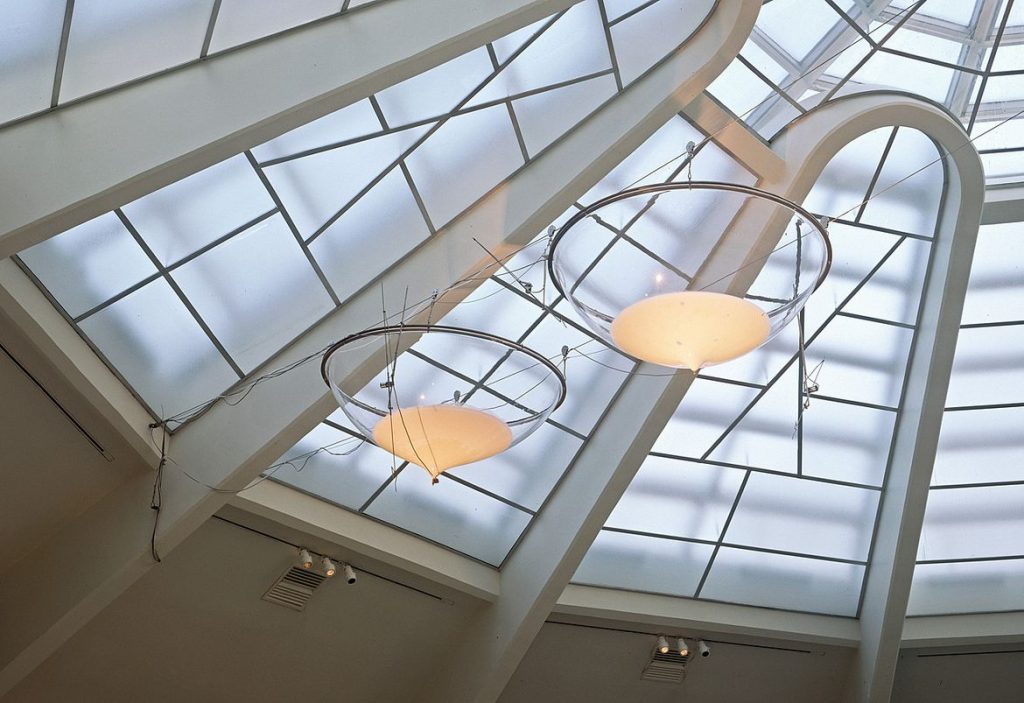Jessica Warboys view her works, listen her describe her process (LINK 12)
Sea Paintings (2015-16) was done on sea-soaked canvas – power was given to the sea and wind to move the pigment on the different canvasses which were also placed at different locations and then put together in the studio. I have looked at her process of making, which I view as performance and collaboration which is connected to her walking and knowledge of the ocean/weather/nature, visual arts (materiality/aesthetics). She works with film, sculpture, ceramic, photography, found objects as well. On the Tate website I read the following of her making process: “To create the painting she worked on the beach, casting mineral pigments directly onto a damp, folded canvas, which was then submerged under the sea before being pulled ashore. The process allows the waves, wind and sand to shift and scatter the pigment, in essence ‘painting’ the canvas.” Also interesting in the video is her discussion about the making she discussed the scale and getting ‘familiar’ with the process of layering the colors. Her final composition is related to how she edits film – a combination of different works to make a whole new image.
Her final works, when hung from floor to ceiling are very much a landscape painting, done by the landscape, but choreographed in the final stage by the artist. Here she considers the place/space and how viewers will view the work. I read that she does not consider herself as a performative artist, but as one interested in then “tension at the junction and transition between ritual, performance and the artistic process.” (Kadist.org,2013). I feel connected to histories of shared memories as well as constructed knowledge that I experience when looking at this series of Sea Paintings. I have been wanting to experiment with water for a while and tried a rain painting earlier before I did this part. I now consider exploring these ideas as maps of place and time. I need to understand what is mineral pigments and if I can order?
Kadist.org Jessica Warboys Sea Painting, Dunwich, September 2013
Artists who have used machines to paint or draw. Look at Rebecca Horn and Akira Kanayama’s work on-line, in books and journals and make notes in learning log . Find other examples to compare and contrast to my own explorations
Rebecca Horn
I have looked at this artist previously – remember Unicorn, her body modifications by wearing a body suit with a large horn projecting vertically from the headpiece, a film was also made by her. (date of work is 1968-9) The ‘model’ had to walk nakedly in a field. Horn placed a focus on the body outside of the normal societal situations, like the gallery or theatre. It could be a reaction to control, but also showing the side of humanity that want to overcome natural limitations. One can see animal like features in the suit. I researched this work on the Tate website and read here that the artist approached a fellow student whom she admired for her composure when walking. Tate also showed her drawings prior to her installation. Her work developed over the years into machine like works; below is a work she displayed at the Guggenheim for a 1993 retrospective, called Paradiso. Here two breast-like funnels are suspended high in the museum’s rotunda. A milky liquid is excreted from the breasts and falls into the pool far below, creating an almost palpable tension in which the entire building seems to hold its breath in anticipation of the next drip – this happens are regular intervals.
